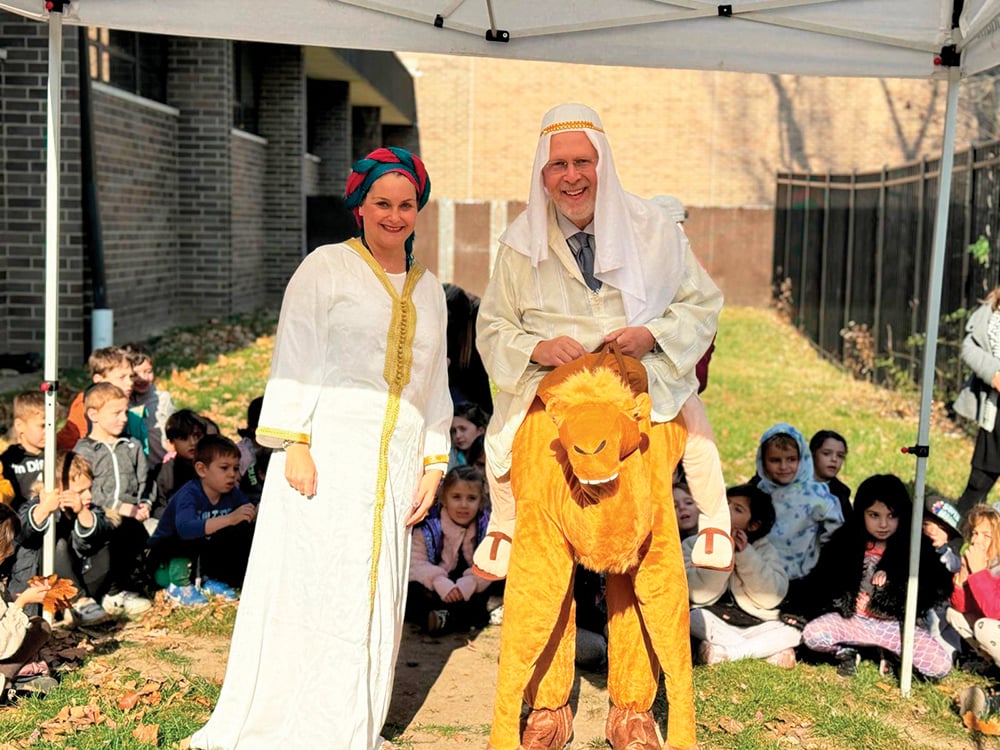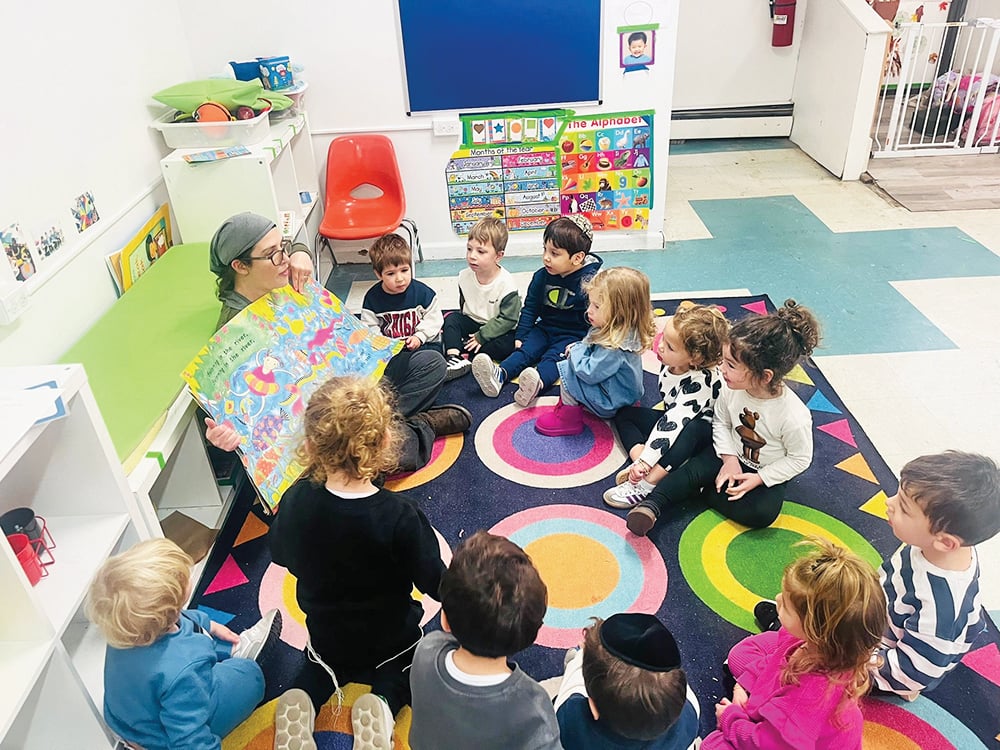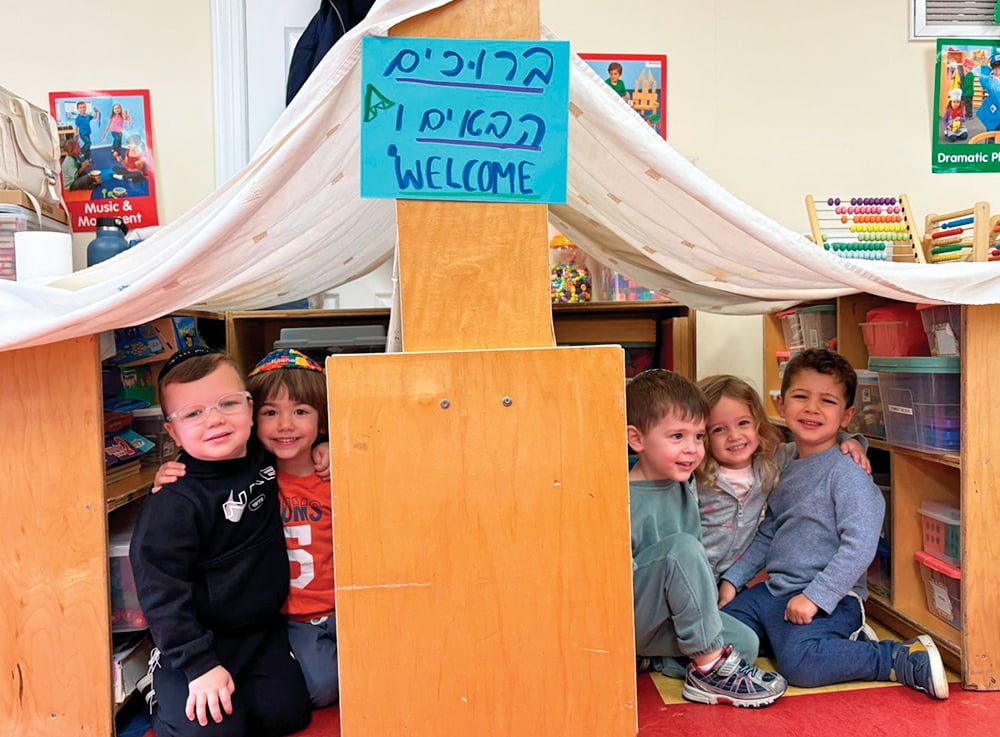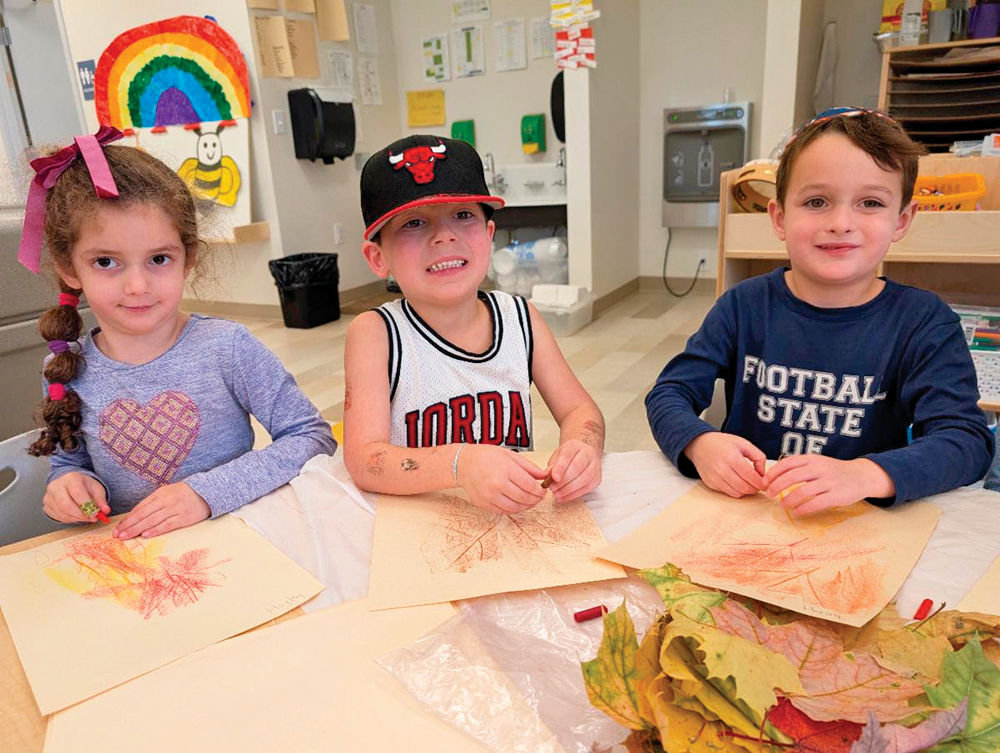As described in “The Abayudaya: Judaism Emerging/A Spiritual Journey into Africa,” by Menachem Kuchar (published by Hadar Rimon Gallery, Jerusalem, 2017), the story of Judaism in Uganda started with Semei Lwakirenzi Kakungula, a son of one of the clan chiefs in Buganda, the largest of four kingdoms in what is now Uganda. Kakungula, born in 1869, was converted to Christianity by a British Protestant missionary in the 1880s and conscripted by the British to help expand the Buganda territory. He led a troop of 5,000 who successfully conquered new lands, and invested his own funds to build up the area. The British government appointed him as mayor of Mbale, a prominent town in the region.
Kakungula retired from British government service in 1917 and began devoting considerable time to religious study. He read through the Old and New Testaments and became convinced that only the Old Testament was authentic. He started to observe Sabbath as the seventh day, learned from other tribes how to practice circumcision, and dressed in a manner that resembled illustrations in missionary bibles he’d seen. As the nominal tribal authority in the area, he had many followers who also began to observe the very rudimentary Judaism that he was developing. In 1922 Kakungulu wrote a 90-page guidebook of practices for his community, including prayers based on biblical verses, and established the first synagogue.
Local legend tells of a visitor to the area named Yosef, who came from the West and, after meeting Kakungulu, stayed with him for six months in 1926 and taught him many aspects of normative Judaism such as the Jewish calendar, festival laws, kashrut, shechita, the Hebrew language and the function of a bar mitzvah. Kakungulu integrated all he learned into the practices of his community. Other knowledgeable visitors also helped him fill in certain gaps in his understanding of Jewish practice.
In the decades after Kakungulu died in 1929, the nascent Jewish community experienced severe challenges in faith, with many falling sway to the arguments of neighboring Christian groups, and severe religious persecution during the era of Idi Amin’s rule in the 1970s. By the end of Amin’s rule, the Jewish community reportedly only had about 300 members. The Jews in Uganda became known as the Abayudaya, which in the language of Buganda means “People of Judah.”
The Abayudaya community grew in the next few decades and, during the 1990s, they began to receive visitors from Jewish communities outside Africa, including rabbis from the different denominations. This led to large-scale Conservative conversions in the Abayudaya community and more divisions; a segment separated from the Conservative converts and moved to an area of the Putti village, joining another Abayudaya group that had lived there since Kakungulu’s time.
The Putti village community sought to be seen as Orthodox and fully recognized by outside Jewish communities (while understanding they still had to undergo individual conversions). It refers to itself as Kahal Kadosh She’erit Yisrael, “remnants of (Ugandan) Israelities,” the ones who survived after Idi Amin. In 2011 She’erit Yisrael received a visit from Rabbi Shlomo Riskin of Efrat, who developed a relationship with the community and brought two of its members to Efrat to learn for 10 months in his yeshiva. These two officially converted men became the community’s chicken shochets (to keep kosher, the community had been vegetarian until this point).
By Harry Glazer













